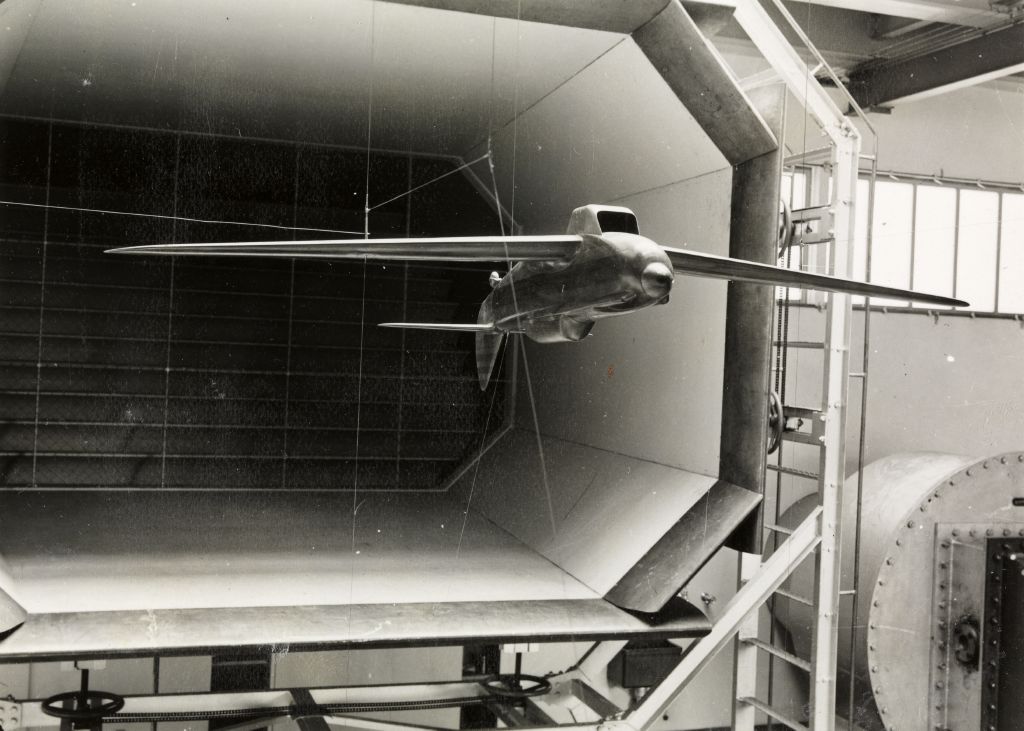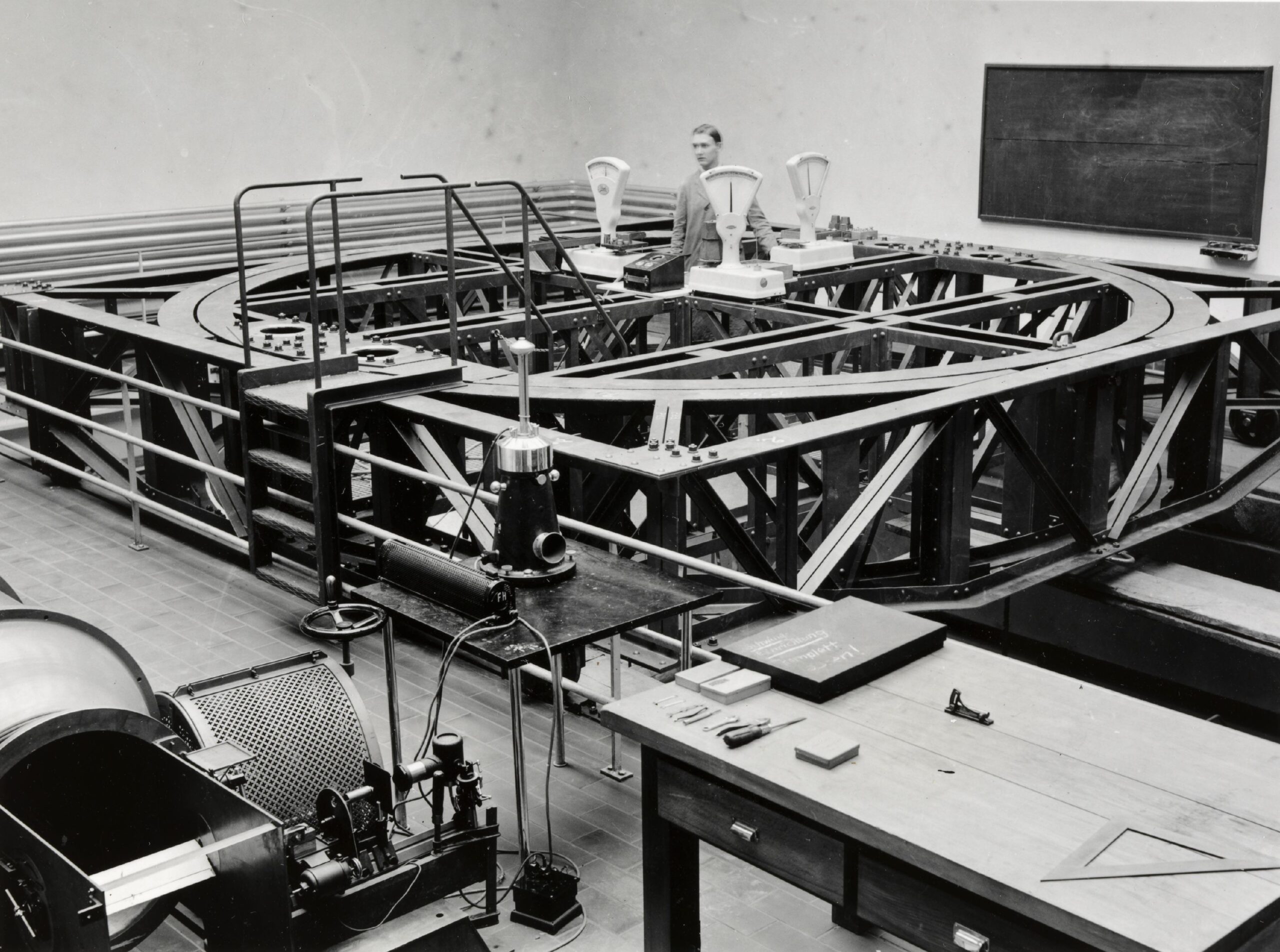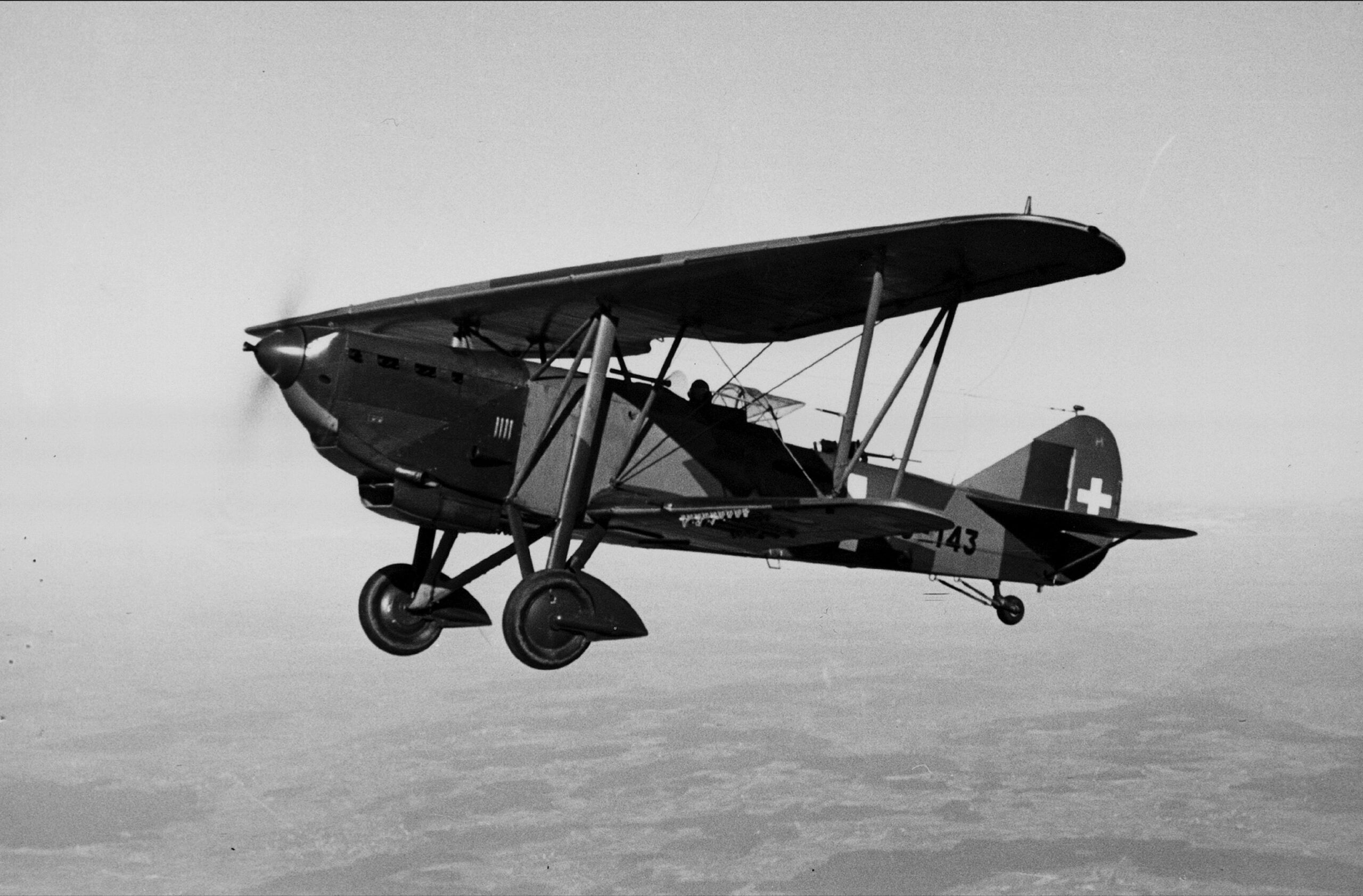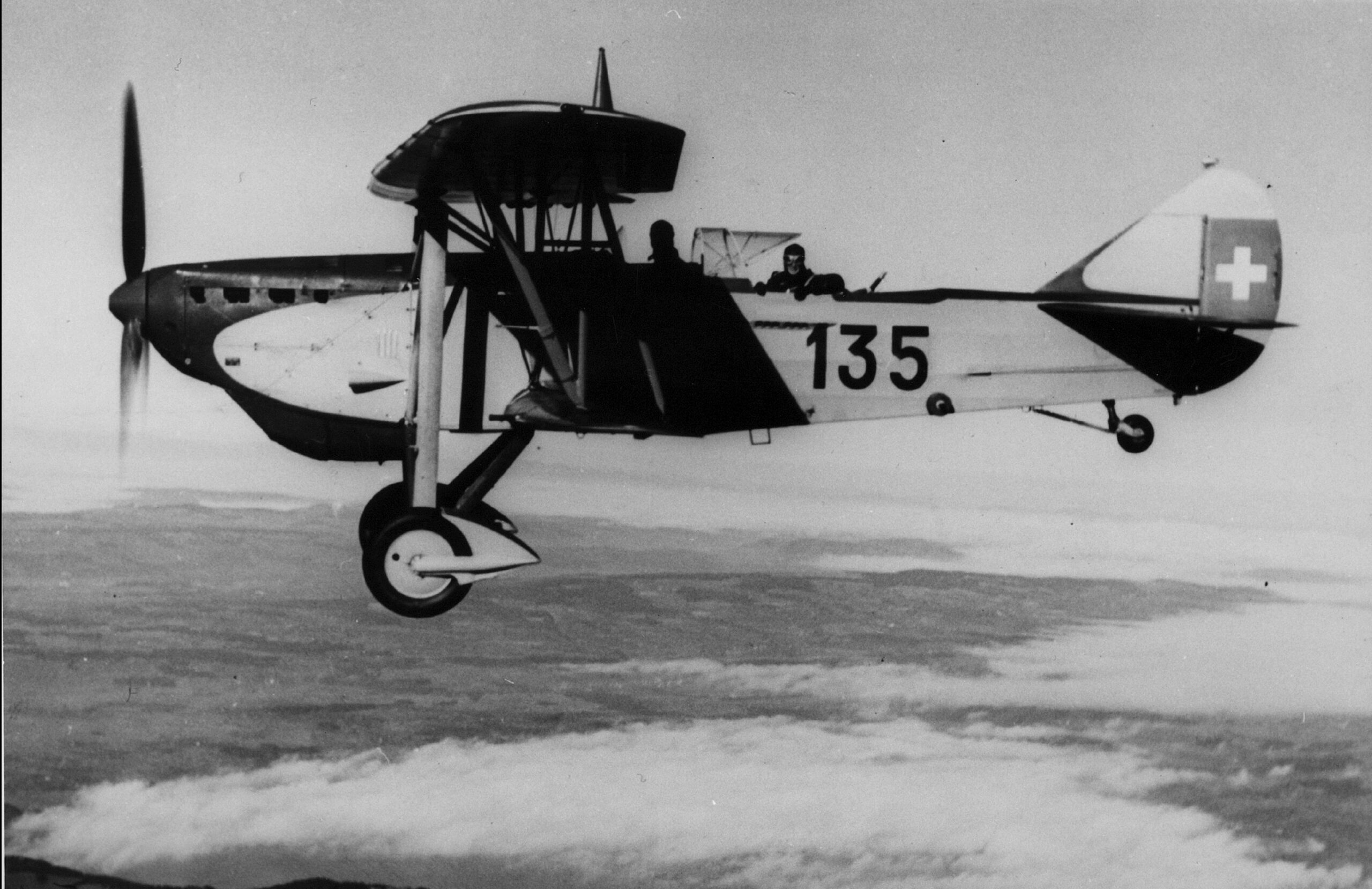This aircraft model comes from the former Institute of Aerodynamics. Around 430 objects, including other aircraft models and other aerodynamic research models, were transferred to the collection of scientific instruments and teaching aids in 2019. Many of these objects were tested in either the large wind tunnel or the supersonic tunnel, which had made the institute famous worldwide.
Institute of Aerodynamics
The Institute of Aerodynamics was founded in 1934. As early as the end of the 1920s, the Swiss Armed Forces expressed the need for a research institute for aviation. The decision to set up an aerodynamic laboratory at the ETH machine laboratory, headed by Jakob Ackeret as associate professor of aerodynamics, was reached in 1930 after lengthy negotiations. The laboratory was converted into an institute, and Ackeret was appointed full professor in 1934. He is still considered one of the most important aerodynamicists in Switzerland to this day.
Research in the wind tunnel
Ackeret was able to equip the institute with modern measuring equipment, including the large wind tunnel with a diameter of 3 x 2.1 m and a maximum speed of 320 km/h. Appropriately scaled-down replicas, i.e. models, of aircraft, propellers, wings, radiators etc. were placed in the wind tunnel and various components tested. Thus, unfavourable shapes could be recognised on the model and improvements made in a very short time. These findings were then transferred to the large-scale model by means of a transfer formula.
The wind tunnel was already being used by the military during the fine-tuning phase, which shows that the founding of the institute and the construction of a large wind tunnel was also a response to a military need. As early as 1934, the institute was to test a new aircraft model for the Swiss Air Force: the two-seater C-35 biplane.
The pictures above show two aircraft models in the wind tunnel, on the left the C-35, in the middle the C-36 produced from 1939 onwards. The models were hung upside down in the tunnel. Ropes were attached to the aircraft, which were connected to scales located on a platform above the wind tunnel, visible in the picture on the right. This allowed for the measurement of a lift or drag, for instance.
A Swiss military aircraft
The C-35 was a further development of the Dutch Fokker C.V. fighter-bomber, which had been in service since 1924. Production of the C-35 began in 1936 at the K+W Swiss Federal Design Workshops in Thun (pictured left). Its maiden flight took place in the same year. 88 copies of the reconnaissance and bombing aircraft were in service until 1945.
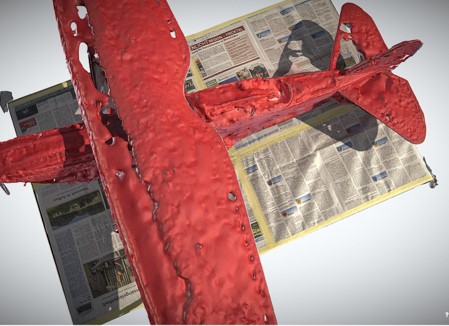
3D Digitalisation
Objektauswahl
The large aircraft models with a wingspan of up to 160 cm are among the most striking and impressive objects in the collection. The example of these aircraft models provides a good illustration of research in the wind tunnel in the 1930s and 40s, but also of the interconnections between research and the military during this period. Due to their size, transporting the models is always associated with a great deal of effort. The 3D model allows the model to be showed on a guided tour outside the collection depot. However, its true size cannot be captured on screen and the original is still more impressive and accessible. The added value for the presentation of the collection can therefore be regarded as rather low.But perhaps other possible uses will open up in the field of mixed or virtual reality? We are open to ideas: scientific-instruments@library.ethz.ch.
Photogrammetry and modelling
Thanks to a large turntable made by ikonaut itself, this model could also be captured using photogrammetry. The aircraft is painted with a highly reflective red varnish. The picture shows an intermediate step – the many holes that existed due to the reflections are clearly visible. Therefore, the scan could only serve as an orientation, most of the model had to be rebuilt manually. Incidentally, the newspaper served as a marker or reference point for determining the individual positions of the images.

